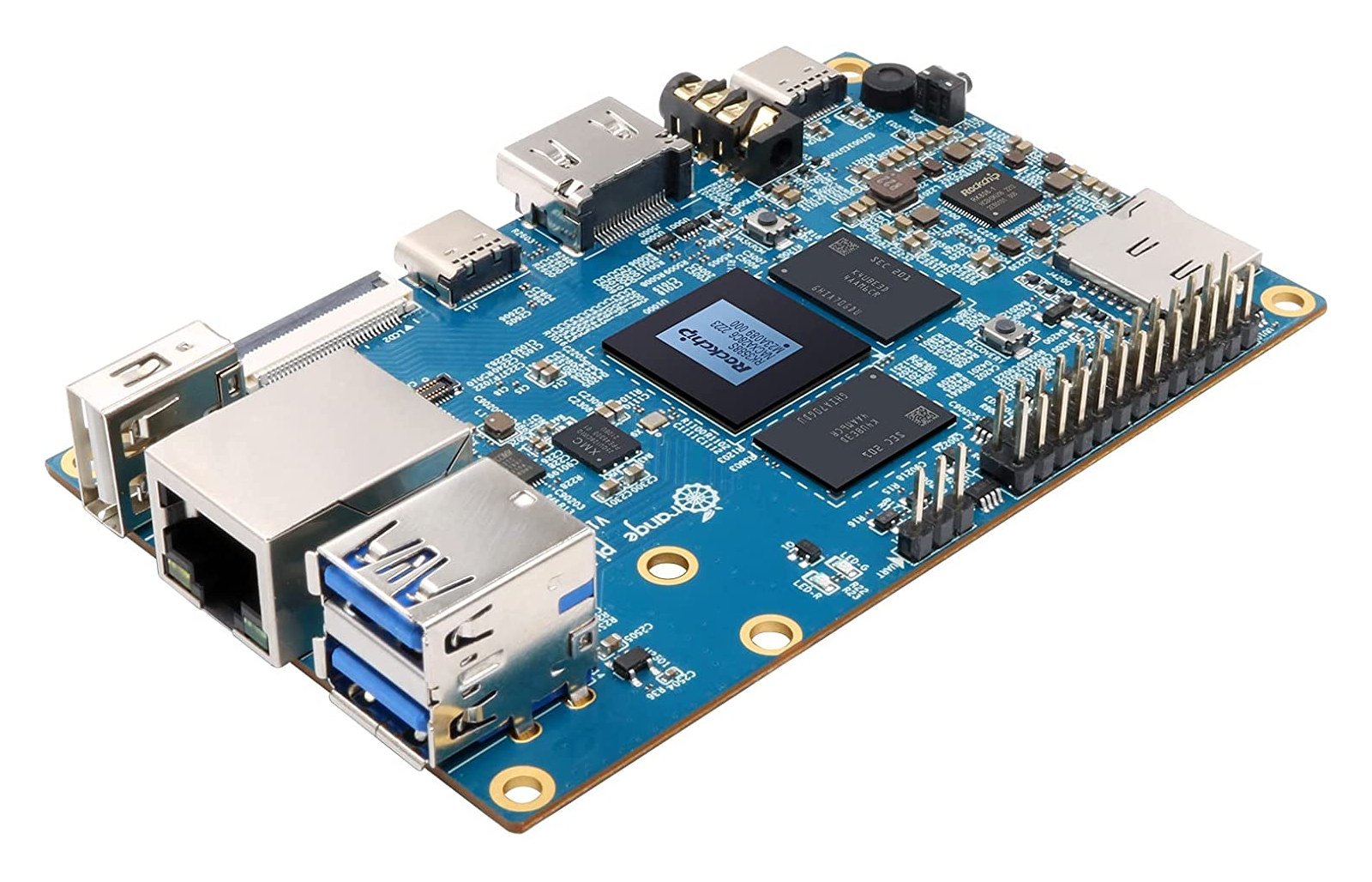The Raspberry Pi Foundation has released the first revision to its Hardware Attached on Top (HAT) specification, paving the way for more versatile and powerful hardware add-ons in the future. Dubbed “HAT+,” the updated spec features several key improvements aimed at enhancing compatibility, flexibility, and functionality.
Key Highlights:
- Updated HAT+ spec introduces electrical compatibility with STANDBY power state
- Greater flexibility in physical dimensions allows for more varied board designs
- Simplified HAT EEPROM content streamlines development process
- New spec enables stacking of two HAT+ boards for expanded functionality
- M.2 HAT+ module under development for PCIe connectivity

Electrical Compatibility with STANDBY Power State:
One of the most significant changes is the requirement for HAT+ boards to be electrically compatible with the STANDBY power state. This feature, already supported by the Raspberry Pi 4 and 5 models, allows the 5V power rail to be powered while the 3.3V rail remains unpowered. This enables HATs to be safely attached and detached without needing to power down the Raspberry Pi itself.
Greater Flexibility in Physical Dimensions:
The HAT+ specification is also less prescriptive about the physical dimensions of HAT boards. This provides developers with greater flexibility to design HATs with different shapes and sizes, potentially leading to more innovative and specialized add-on hardware.
Simplified HAT EEPROM Content:
The HAT EEPROM content has been significantly simplified in the HAT+ spec. This streamlines the development process for HAT builders by reducing the amount of information that needs to be stored on the EEPROM chip.
Stackable HAT+ Design:
A major new feature introduced in the HAT+ spec is the ability to stack two HATs on top of each other. This allows for the creation of even more powerful and versatile Raspberry Pi systems by combining multiple HATs into a single stack. However, there is a caveat: only a specific class of HAT+ boards will be stackable, ensuring compatibility and avoiding potential electrical conflicts.
M.2 HAT+ Module Under Development:
While the Raspberry Pi 5 lacks an M.2 connector, the HAT+ spec opens up the possibility for M.2 functionality through the PCIe connector. The Raspberry Pi team is currently developing an M.2 HAT+ module that will enable users to add M.2 SSDs and other devices to their Raspberry Pi systems. This module is expected to launch in early 2024.
Looking Ahead:
The release of the HAT+ spec marks a significant step forward for the Raspberry Pi platform. By addressing key limitations of the original HAT spec and introducing new features like stackability and M.2 support, the HAT+ spec opens up exciting possibilities for future hardware expansion and innovation. With the Raspberry Pi Foundation’s commitment to open hardware and community collaboration, we can expect to see even more creative and powerful Raspberry Pi HATs emerge in the years to come.


















